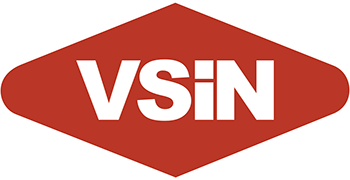
Park Factors Powered by Ballpark Pal
See below for how to use park factors
Unlock deeper MLB insights with a Ballpark Pal subscription. Access home runs, hits, bases projections, pitcher vs batter matchups, game line simulations and more.
Loading ballpark factors…
Park Factors Guide
-
Model Training: Park factors come from a model trained over 1 million batted balls and 20,000 games since 2016. The model uses machine learning to sort out the unique weather impact at each stadium.
-
Relative Scale: The numbers are relative to the year-long MLB average (not the park itself). A +30% (+0.67) boost for home runs means the stadium is expected to produce about 0.67 more home runs than the typical MLB game—in other words, 2 additional home runs over 3 equivalent games.
-
Combined Effect: Weather impacts each stadium differently. This model is built to handle these local effects and is factored into the metrics.
-
Hitter-Level Assignment: Ballpark Pal assigns park factors to individual hitters based on where they typically hit the ball. These are aggregated to produce the factors for each game, which explains part of the day-to-day variance.
-
Caveat: Park factors shouldn’t be overvalued. They represent minor effects that show up over time but aren’t often visible for individual games. Due to regular variance, it’s possible for games with pitcher-friendly park factors to have lots of offense (and vice versa).

